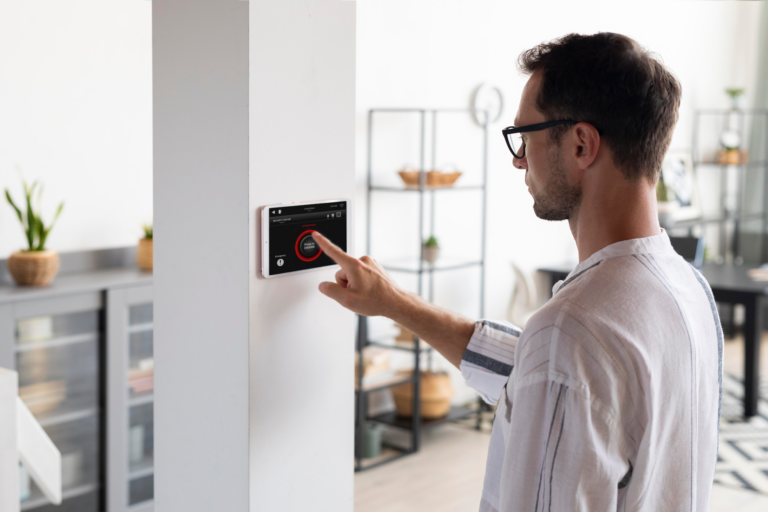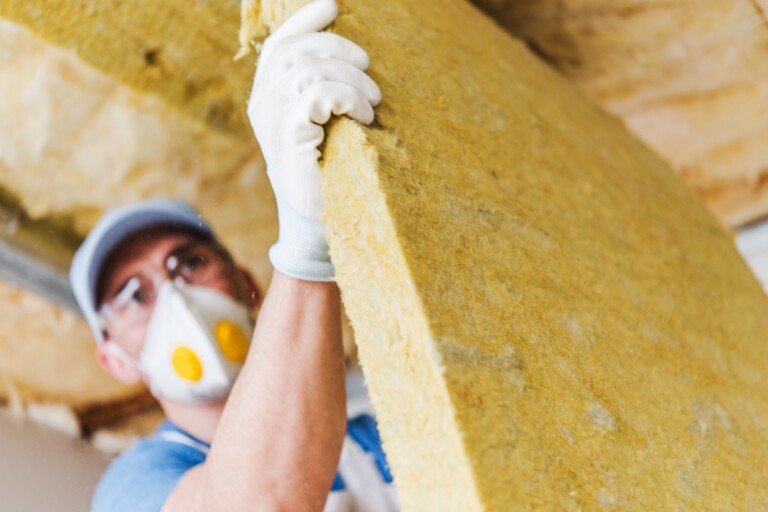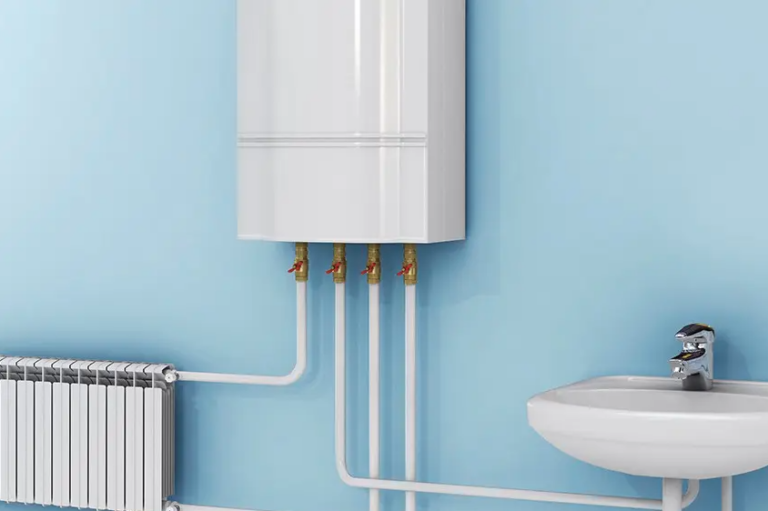Clean your system with a power flush or MagnaCleanse
13th February 2023


Call us 0116 366 5664
23rd October 2022

We have reached that time of year when there’s a nip in the air and the temperatures are dropping. Autumn is when we start to think about relying more on our central heating at home.
This year, however, we’re perhaps giving it more thought before switching it on. Despite the recent energy price cap, we have still seen a hefty bump up in our gas and electric bills and it’s making us think twice about turning up the dial on our heating controls.
So, we’ve pulled together a post on thermostats and other ways to get your temperature levels just right. Careful use of, or investment in, heating controls can save you money throughout the year, not just during the colder months. So, let’s get started with a common question.
Between 18 and 21 degrees celsius during the winter months, is the advice from the Energy Saving Trust. The World Health Organization (WHO) recommends that 18 degrees is about right for healthy, suitably dressed people. Around 18 degrees is also a good overnight temperature for sleeping, the experts say.
In a nutshell, you should heat your home to a temperature that is comfortable for you. Your age or health, however, is also a factor to consider. WHO says 20 degrees is an ideal temperature for the old, young or unwell. For a newborn child, the advice is that it is essential room temperatures are neither too hot or too cold. A room temperature of 16-20°C – with light bedding or a lightweight, well-fitting baby sleep bag – is comfortable and safe for sleeping babies, says The Lullaby Trust.
For older people, Age UK recommends a minimum of 18°C. You don’t need us to tell you this, but if you have an elderly relative, friend or neighbour living on their own, make sure they are not risking their health to save money on their energy bills.
It’s perfectly natural for people to think that they should turn up the heating when it gets colder outside. Our advice is you really don’t need to. Your thermostat will heat your home to the set temperature whatever the weather, but it may take a little longer on colder days.
It’s also worth knowing that room thermostats must have a free flow of air to sense the temperature, so locate them away from curtains, furniture or heat sources.
The traditional thermostat is just one way to control room temperature. Here is a run-through of your options for controlling the temperature in your home.
These are really handy devices that make sure your heating system isn’t using more fuel than it needs to.
Your thermostat will turn the heating on until the room reaches your pre-programmed room temperature and then switch off until the temperature drops below. You also get programmable or timer versions of these (see below). Our heating engineers can install all kinds.
A timer or programmer allows you to control when in the day your heating and hot water turns on and off. This is useful if you have a routine and know when you wake up and go to bed and when no-one is at home. Some models let you adjust the central heating and hot water independently of each other. And modern timers will typically give you the choice of setting a seven-day programme.
If your budget allows, it is worth checking out heating control systems that combine both the timer and the thermostat, allowing you to set different temperatures for different times of the day.
Our heating engineers can also help you install a smart thermostat. This is the newest type of heating controls on the market, connecting you to the internet so you can adjust your heating remotely.
This is a sensible solution for busy people who often need to change their plans. If you’re working late and no-one else is at home, for example, you can delay when the heating switches on. Nobody likes to heat an empty house.
Prices for smart heating controls vary widely, with the newest versions boasting a host of features, such as open window detection. In the long term, however, they will save you money if used properly. If you can afford the up-front cost, smart heating controls can prove to be a very sound investment, and we can help you install one.
Another way to control the temperature in your home is to use thermostatic radiator valves. These enable you to control the temperature of your individual radiators, which comes in really handy if you want to save energy in rooms you‘re not using.
Of course, a lower setting on a radiator valve will use less energy so saving you a few quid.
Most modern boilers have a dial or digital temperature setting. This regulates the temperature of the water pumped from the boiler through the radiators to heat your home. It’s another option for warming up your rooms when it gets a little colder.
This technique comes with a safety warning, however. Beware if you have young children or elderly people in your home, because a high boiler thermostat setting will make your radiators very hot to touch.
So, there are a number of ways to control the heating in your home to get the temperature just right and save you a few pence at the same time. If you have any more questions about heating controls, please do get in touch.
Need help with your boiler or heating system? Contact us today
13th February 2023

7th November 2023

26th January 2023
